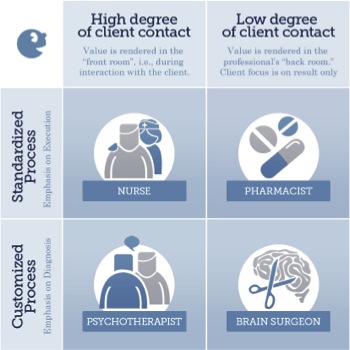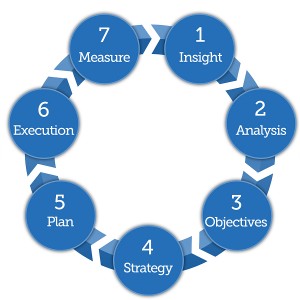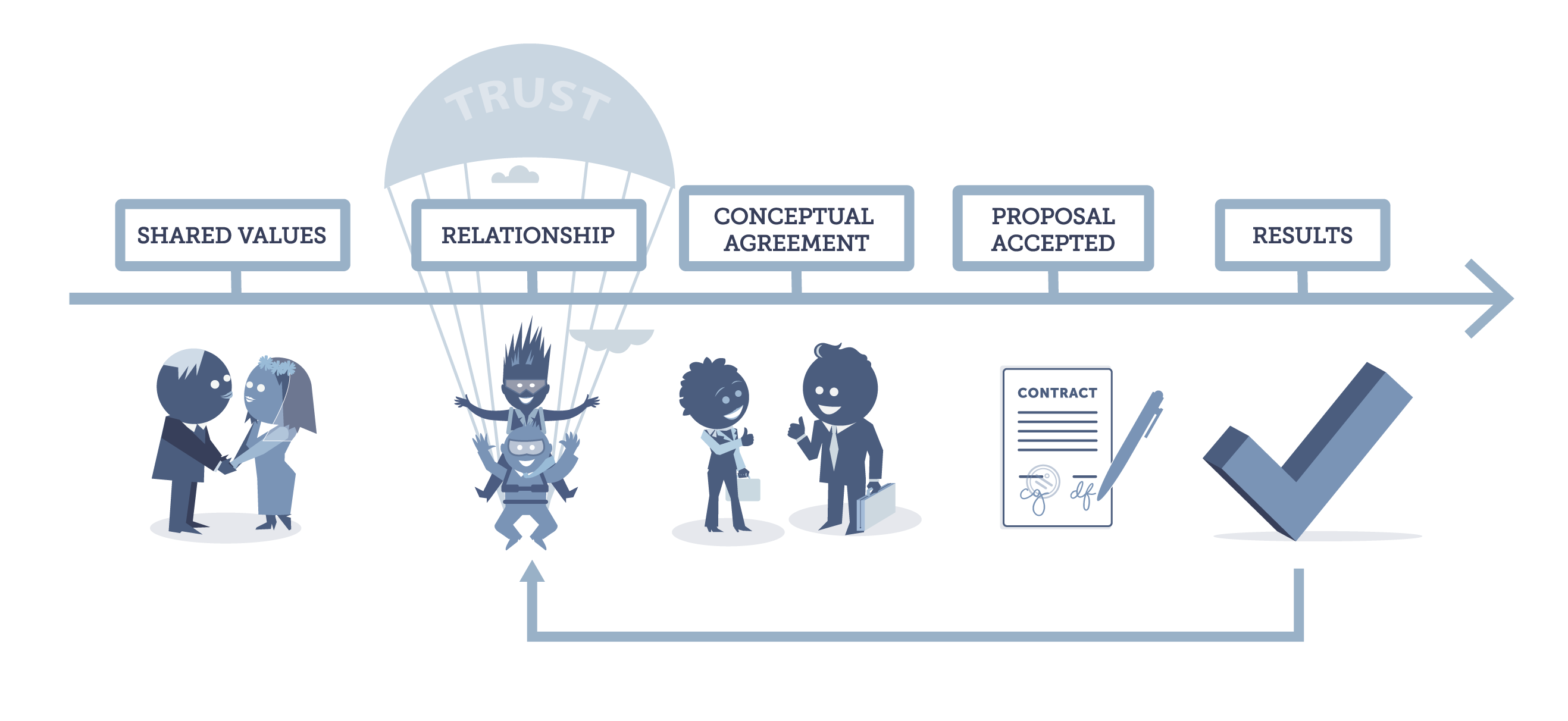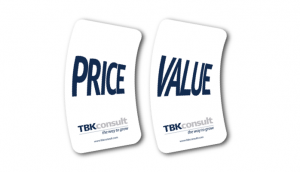As a management consultant you have to take responsibility for the outcome of the process you are engaged to help improve. You cannot assume responsibility for the final results. That responsibility resides with the client’s executives, but you have to guarantee the quality of your own contributions.
In 2001 I became a management consultant. As a solo practitioner I started helping information technology companies fix problems with their revenue generation processes.
Although I had substantial operational experience from and could document many successes in the revenue generation domain I often found my proposals for consulting services being rejected.

None of my clients’ situations were the same. There were similarities, but no two situations were identical. Therefore, even though I had a toolbox of methods and substantial operational experience, the solution for each of my clients was highly customised and often required new approaches. My proposals for advisory services were correspondingly customised and were based on preliminary insight into the challenges of the individual client situation. They all fell into the psychotherapist category of David Maister’s consulting services matrix.
Analysing why I lost too many proposals, I came to the following conclusions:
- I was too impatient
- Consulting projects must provide tangible value = results
Impatience

With an operational background I was used to running the business. I called the shots and pushed for action. I am good at listening and analysing, but until we have tried our hypothesises in the real world we cannot know if they will work or not. Therefore I have a strong inclination for execution – getting things done.
If we are wrong and fail, we can fix it and move on.
This approach doesn’t work as a management consultant. The client is in charge of the timing, not you.
I had to learn the hard way that the client is ready when the client is ready. I may not be available when the client is ready, but that is not a problem I can do anything about.
Value and results
In the beginning of my career as a management consultant I was reluctant to take responsibility for the outcome of a project. Too many factors outside my control would have an impact on the final results.
That was a mistake.
As a management consultant you have to take responsibility for the outcome of the process you are engaged to help improve. You cannot assume responsibility for the final results. That responsibility resides with the client’s executives, but you have to guarantee the quality of your own contributions.
I also failed to distinguish between input and output.

All clients need output. They need tangible and measurable improvements in conversion rates, employee and customer retention, revenue growth in new markets, improved sales productivity and so on. However, clients often ask you to help with inputs. They need help to review their business model and strategy, to sharpen their customer value proposition, to analyse why something doesn’t work as expected, to design a customer satisfaction survey, to do a market assessment in Germany, to recruit resellers in the UK and so on.
Inputs such as strategy and business model reviews, market assessments etc. are tactical commodities. They have no value per se. How do you charge for commodities that have only perceived value? How do you secure urgency on a tactical activity that has no measurable value?
I am now reluctant to engage in tactical input driven projects. Most of them never get executed and those that do tend to end up with a very low price tag on them.
The management consulting sales process
As I did research on the issues, I was facing, I came across Alan Weiss and his book “The Consulting Bible.” Alan Weiss is American and I am Danish. There are major differences in our cultural backgrounds. I think many European management consultants will write off Alan Weiss as too American for their taste, but that is a big mistake.
From his writing I have adopted this management consulting sales process:

I have covered the steps “Shared Value” and “Relationship” in the previous post. Now we get to “Conceptual Agreement.”
Conceptual agreement
The “Conceptual Agreement” phase has two objectives:
- Determine the project’s success criteria
- Outline and agree on the consulting approach
The success criteria
This is where I failed utterly in the beginning of my career as a management consultant. I failed to define the success criteria of my potential engagements.
- What do we want to achieve and how do we measure/register/agree when we have achieved it?
- What is the value of this achievement?

I have adopted Alan Weiss’s rule of thumb and do not want to engage in projects where the relationship between my consulting fee and the value to the client is not at least 10:1 in favor of the client.
The amazing observation is that I am much more concerned about the success criteria than most of my potential clients are. In the early days my potential clients wanted references, case stories and other types of proof that I had done similar projects to the satisfaction of other clients. However, they were mostly unprepared to define tangible success criteria for their own projects. Defining the success criteria is the best approach for clearly defining the project and its’ environment. Without clear success criteria I cannot engage.
The consulting approach
When we have agreed on the success criteria for the project then we can briefly outline the consulting approach. As we are aiming to reach the success criteria as fast as possible with as little “disturbance” as possible, the consulting approach can be adjusted as we move along. There is no longer a need for being very specific on the input side as long as we deliver on the value side of the equation.
The proposal
Now the proposal becomes a confirmation of the Conceptual Agreement. The only amendments are the fee and the payment terms and conditions. With a value ratio of 10:1 in the client´s favor that seldom is an issue.
